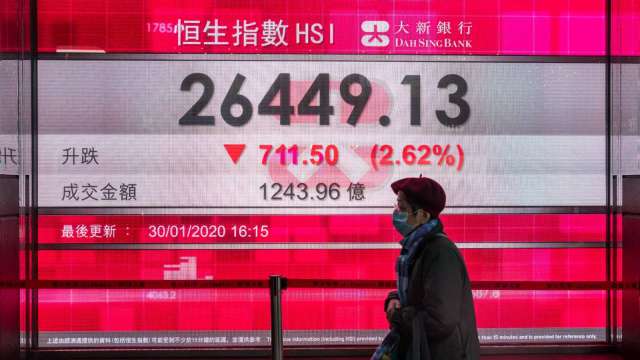Hong Kong’s Hang Seng Index Company announced the results of a market consultation on optimizing the Hang Seng Index on Monday (1st), summarizing the five major reform goals. It is expected that the index review will be implemented in May this year, which is the largest reform of the index in nearly 50 years.
According to the consultation results, the reform objectives are divided into five major areas, including expanding market coverage, expanding industry representativeness, reducing historical requirements for listing, maintaining the representativeness of Hong Kong companies, and improving the redistribution of constituent equity.
1. Expand market coverage
Through regular index reviews, the Hang Seng Index Company plans to increase the number of constituent stocks to 80 levels by the middle of 2022, and fix the final number at 100 levels, which is more than the 65-80 levels originally recommended.
2. Expansion of industry representation
In order to make the HSI reflect the Hong Kong stock market in a more balanced manner, it will use the financial industry, information technology industry, non-essential/necessary consumption, real estate and construction industry, public utilities/telecommunications industry, healthcare industry, and energy industry/raw material industry/industry/integrated The company selects HSI constituent stocks from a total of 7 industry groups, so that the market value coverage of each industry group is not less than 50%. The composition of industry groups is reviewed at least every two years.
3. Relaxation of listing history requirements
The result of the consultation suggested that the HSI listing history requirement should be completely abolished from the original proposal and shortened to 3 months, which will provide more flexibility for the index to include large-scale listed new stocks.
4. Retain the representativeness of Hong Kong companies
With the changes in the capital market, Hong Kong’s blue chip stocks have gradually lost. In order to maintain the representativeness of Hong Kong companies, the consultation results suggest that 20 to 20 Hong Kong companies’ constituent stocks be maintained in the Hang Seng Index to increase the market value of Hong Kong companies, and the assessment should be conducted at least every two years.
5. Set a weight limit of 8% for all HSI constituent stocks
A weight limit of 8% is set for all constituent stocks of the Hang Seng Index and applied to the same shares with different rights and second-listed constituent stocks. The Hang Seng China Enterprises Index will also adopt the same standard.
The Hang Seng Index said that the above changes will be implemented from the index review in May this year and will take effect in the index adjustment in June.
Huang Weixiong, director and head of research and analysis of the Hang Seng Index, said that more than 80% of the respondents support increasing the number of constituent stocks in the Hang Seng Index, believing that this will make the index more balanced. The liquidity of small constituent stocks brings hidden concerns.
Huang Weixiong pointed out that the simulation results show that once the number of constituent stocks increases to 80, the market value of the Hang Seng Index will increase from the current 26.7 trillion Hong Kong dollars to 33.38 trillion Hong Kong dollars, an increase of 25%; the price-earnings ratio will increase to 19 times; and the market value coverage ratio will increase from 56.5%. Increased to 71.2%; turnover coverage rate rose from 50.2% to 66%.
–


